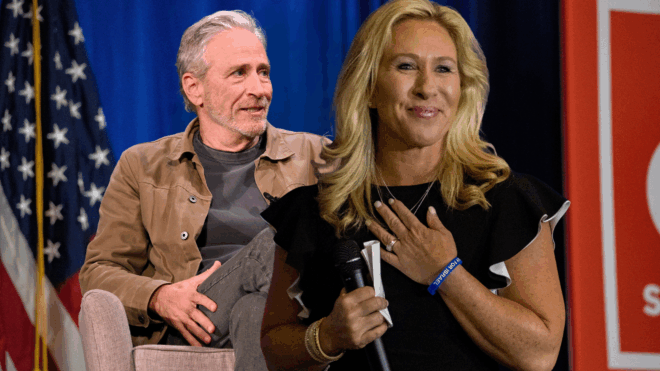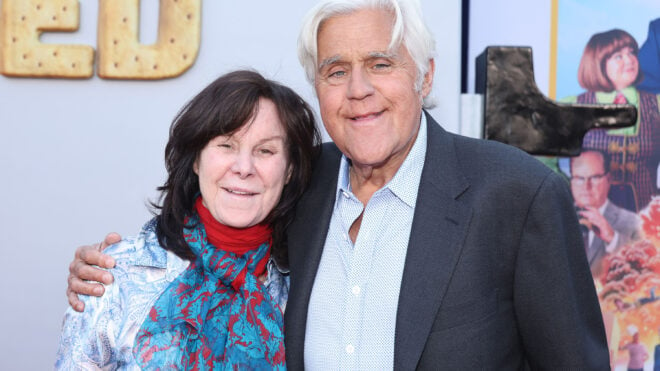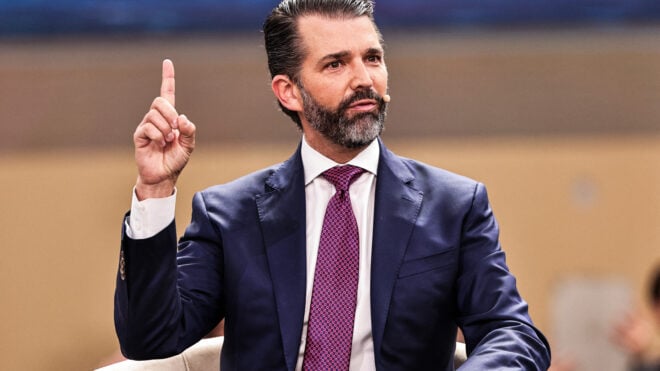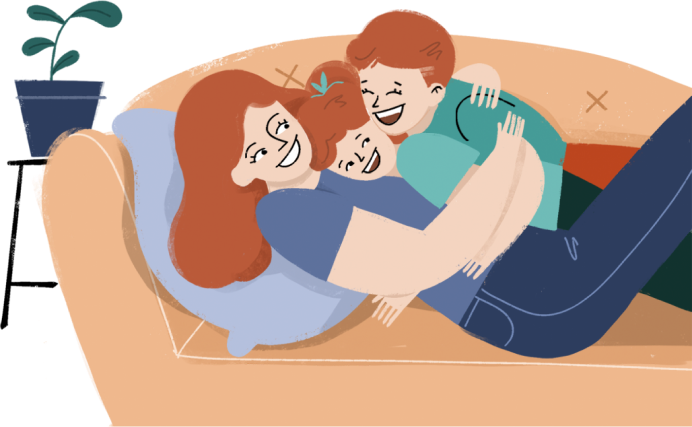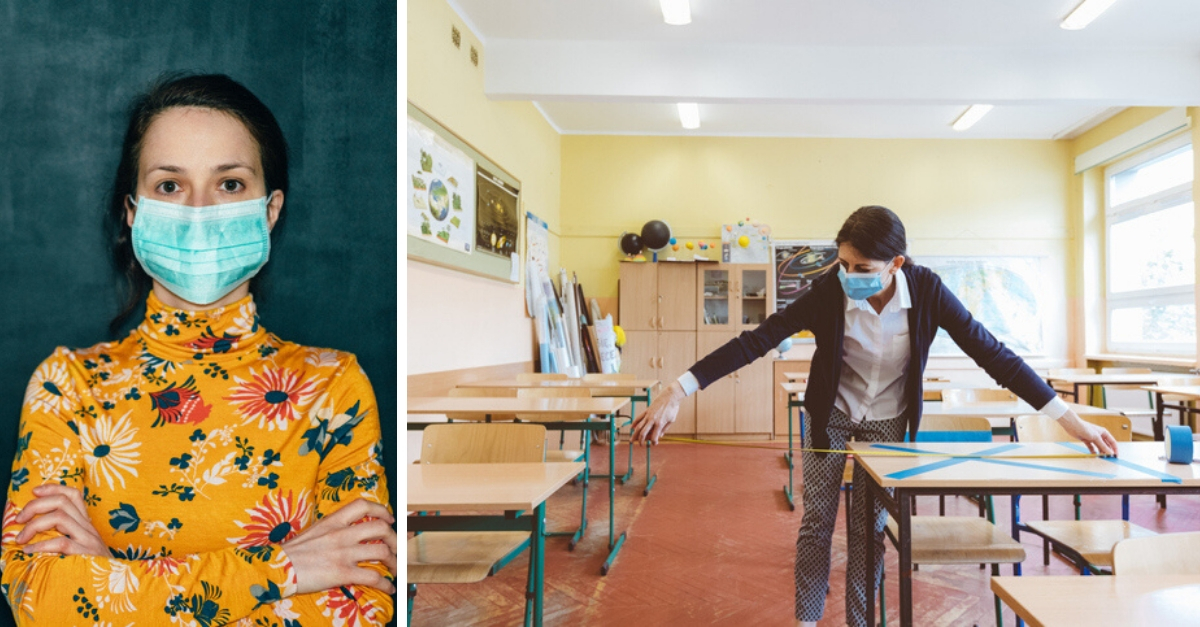
These stories are based on posts found on Reddit. Reddit is a user-generated social news aggregation, web content rating, and discussion website where registered members submit content to the site and can up- or down-vote the content. The accuracy and authenticity of each story cannot be confirmed by our staff.
The first day of school is fast approaching, and many families are conflicted. COVID cases are on the rise in many areas of the country. There's still so much about the virus that isn't known. It's causing families great concern.
This isn't an easy situation for everyone. People want their kids to go back to school. Kids want to go back, though they may occasionally be reluctant to admit it. Yet the situation is logistically difficult and not 100% safe. The result is a series of options provided by states and school districts that present challenges to working parents, single parents, and parents of color disproportionately. The existing options also show a lack of consideration for teachers who are also parents.
We've heard a lot of opinions from federal and state governments about what should happen with students this fall. Those aren't the most important opinions to hear, however. Teachers have been speaking out on social media about how they really feel about returning to in-person learning.
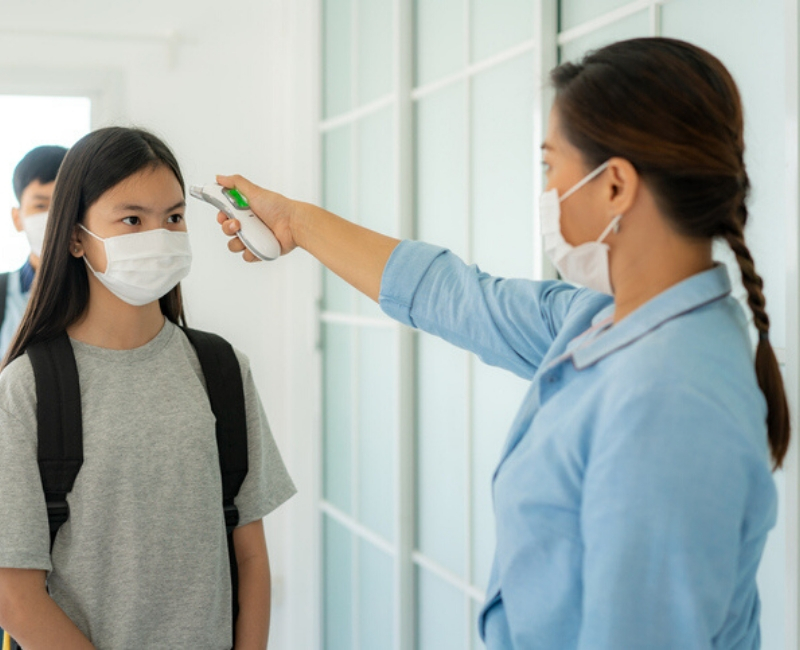
Families are worried about sending their kids back to school this fall. People are scared for their health, as well as the health of their children. Also terrified are teachers who are at the mercy of the decisions school boards and lawmakers make. In a recent Reddit thread, teachers shared their thoughts and concerns about going back to classrooms this fall.
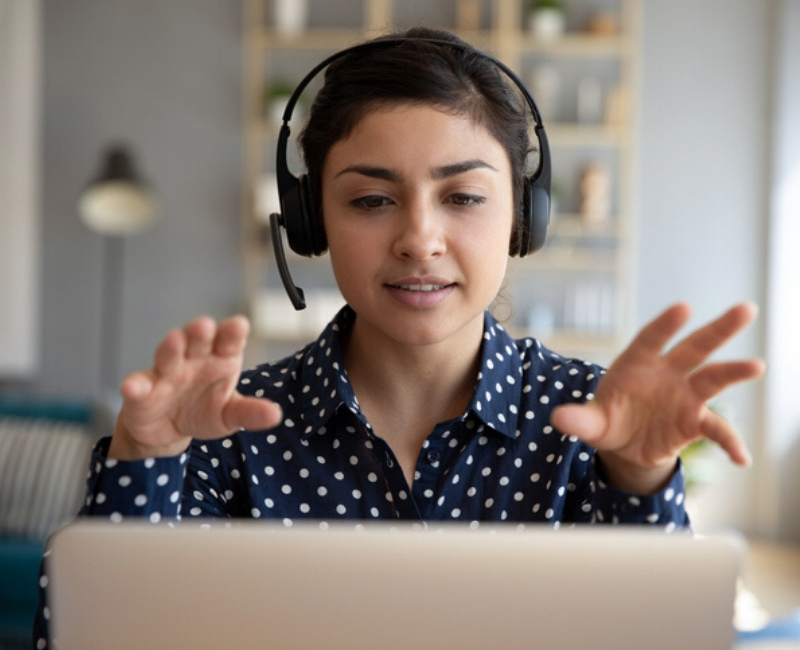
Teachers are very conflicted on what is right for this fall. They want to get back to doing what they love, but there are so many health issues to consider.
"I have very mixed feelings," one teacher wrote. "I really miss my students and can't wait to see them. I know that online learning isn't the same. But I also fear for their health and the health of their families."
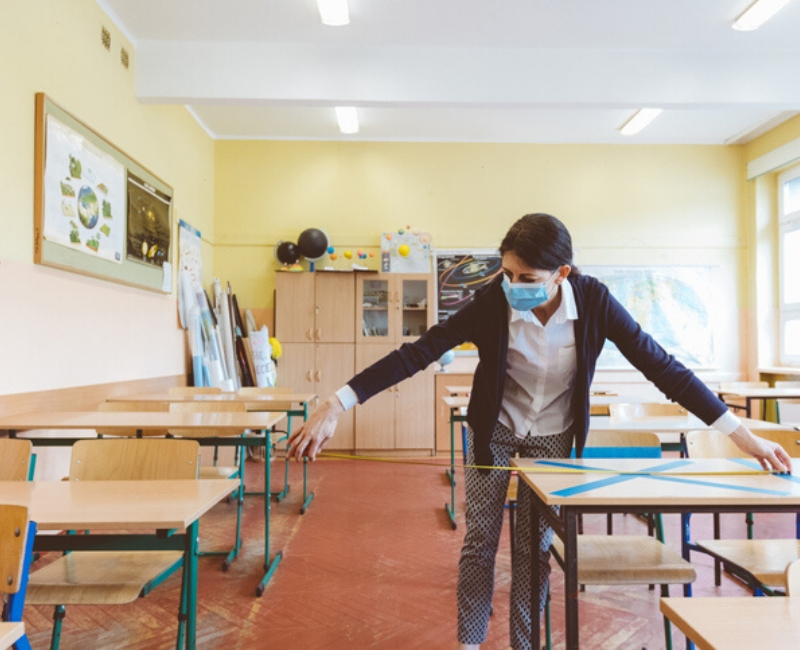
A lot of effort has already gone into how going back to in-person learning might work. Many schools have been considering the possibility since they shut down in the spring.
"My wife is a principal, and she's been at her school every day (including during the lock-downs/quarantines), trying to figure this out. I fear for her health and safety, especially her mental and emotional well-being. I see the enormous amounts of stress being put upon her, and it kills me that I can't help. There are some truly cruel parents/people out there who feel they can treat my wife and her staff like trash because…well, I don't know why," another person wrote.
"I'd imagine most are just as frustrated as she is and they're just taking it out on the school, but some are just self-centered, entitled [expletive]. Why make an already difficult situation harder? Despite what some might believe, teachers and staff haven't been lounging around at home, mailing it in and collecting pay – if anything, they're working harder and longer than ever. Given almost no notice, teachers and administrators had to completely redesign what school looks like – almost overnight – and they succeeded. Kids were learning, children were being fed, needs were being met in the midst of a global crisis.
"No state agency did that, no so-called national experts on curriculum. The local educators fixed it in hours. Our government, with its infinite power, wealth, and resources, hasn't done anything but pretend the problem isn't there. In fact, state and federal policies actually made things more difficult, but local schools figured out how to get around that, too. No complaining, no protesting – just solutions and amazingly clever plans. Remember that the next time someone tries to convince you that teachers don't deserve better pay and benefits. Remember that the next time someone tells you that teachers have it easy or try to persuade you that educators are not among the smartest, most ingenious people in our society."
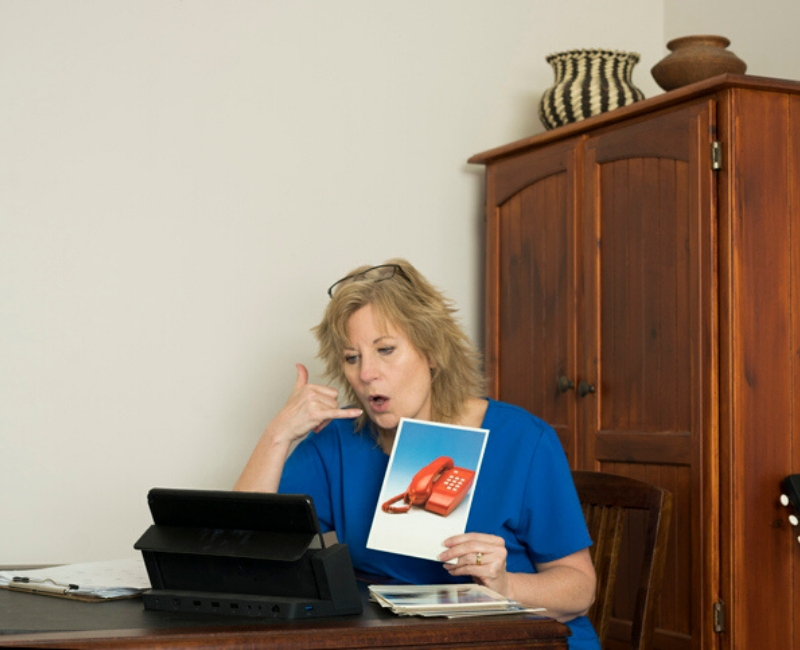
There are a lot of complex and unique situations that administrators and staff face. There are all different kinds of school and children to take into consideration, as well. One speech pathologist shared their thoughts.
"I'm a speech pathologist, so while not a teacher, I do consider myself an educator. I provided services via telehealth from March through June (and continue to do so for those students who require summer services.) Two of my kids have highly intensive needs, so I see them at their home once a week now (which is terrifying, but it's what they need to make progress.) The way I see it is, in March (I am in NY, so I am going on that timeline), we had to learn a COMPLETELY different way of doing things," the commenter explained.
"It was hard for the educators and the students – especially the students. So to me, going back to in-person learning is not the best choice as it will look very different from in-person learning in the past. It's a lot of change for anyone, let alone young children. And if the numbers go up? We close all over again? I truly do not believe it is worth it. I understand the fact that many people rely on schools as child care, but I also think that it is up to the government to handle that (high hopes, I know). I have many ideas on this whole thing that I could go on and on about. But that's just my two cents."
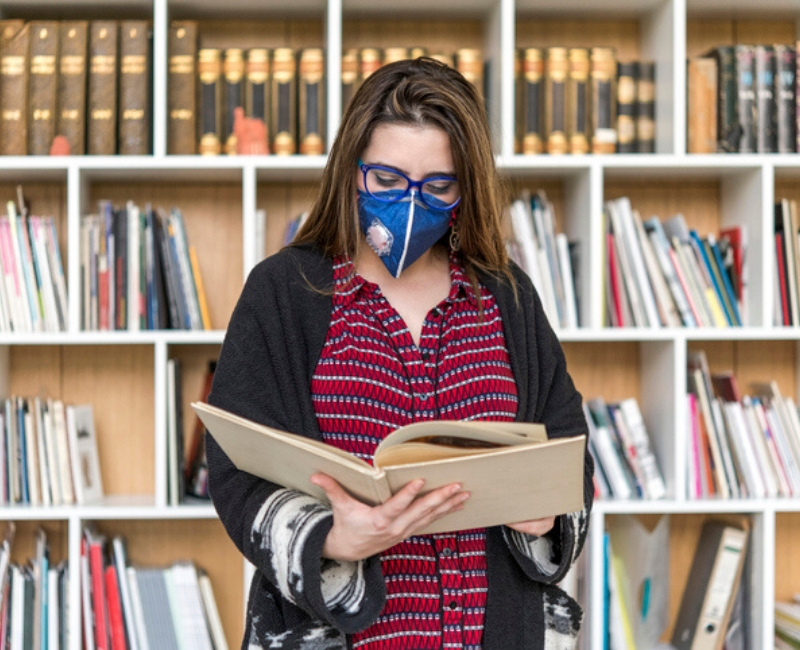
There are also teachers who teach elective subjects who are unsure of what the future holds for them, but scared regardless.
"Staying home is absolutely causing trauma for everyone, staff, and students. But will it cause more trauma when their teacher, principal, para, custodian, dies? Not to mention their grandma or aunt or parents or classmate," said one school librarian.
“‘Only .2% of kids will die’ Devos taunts. In my district, that means 4. 4 student deaths in a district of five schools. Not to mention the teachers or family members.”
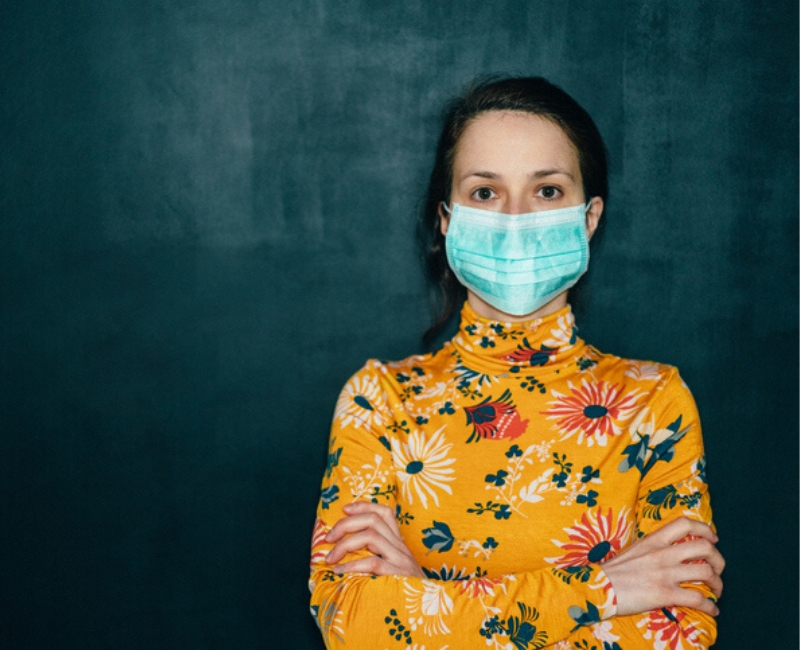
Though many think it's easier to handle issues of cleanliness with older kids, that isn't necessarily the case. Larger numbers in schools for that age group also present issues.
"Last year my largest class had 36 students. Between kids not having school supplies, passing in the hallways, gym, sports, discipline, & teenage hormones I know for a FACT that social distancing & keeping things clean can't work," a Texas high school teacher shared.
"If full-grown adults refuse to wear a mask then imagine 1000s of teenagers. Our school has a daycare too, with babies. It's too risky & it's unfair to ask us to risk not only our lives but the lives of our students. This is not a hoax. There is no getting back to normal. We either have to accept it or risk certain death. I am not exaggerating with any of this."
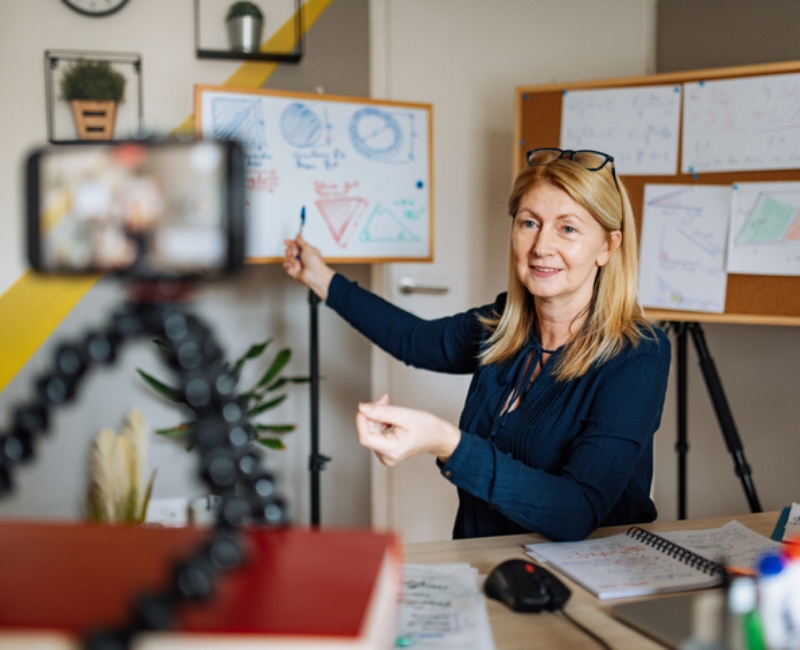
College professors are also weary of rushing to return to in-person learning. "I really miss the wonderful classroom dynamics that in-person learning makes possible. Online learning makes discussions more strained and shallow. I also really love working with my students and discussing their projects one-on-one. That is much harder to do remotely," one professor noted.
"However, I care about my students as people, and the thought of making them and their families sick by returning to campus too soon makes me very worried. I want them to get a good education, but not at the expense of their health and wellbeing. I would rather work twice as hard to make online learning successful than risk them getting sick or losing parents and grandparents to this illness."
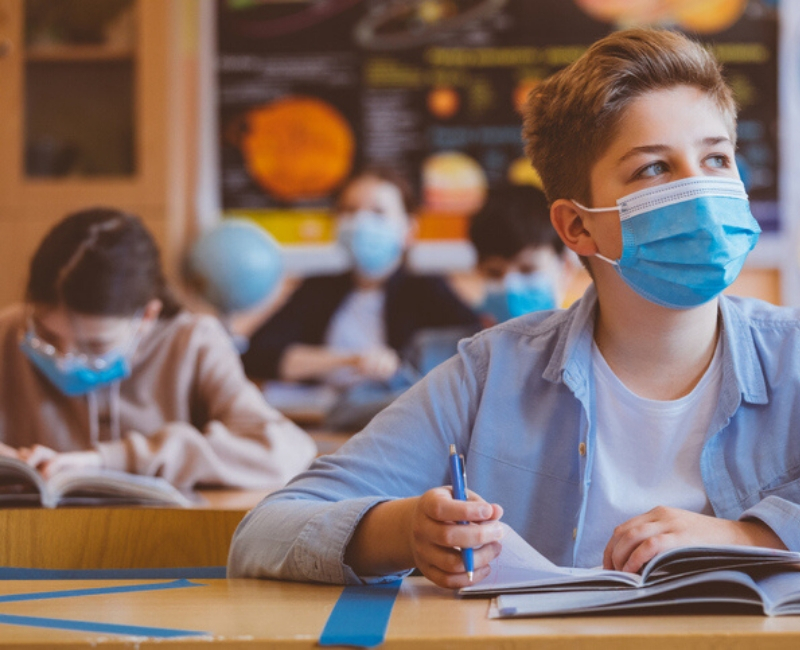
It's not just in the United States, either. Other countries are worried about the school year ahead.
“In the UK (English) Secondary Schools are due back in full in September with no expectations of social distancing and very little guidance for risk assessment. I work in the worst affected borough of London where huge numbers of our kids have lost family members. Over 50% of kids live in poverty, we have the highest levels of gang crime, radicalization, sex trafficking, child abuse, and neglect, and only around 5 – 10% of kids in classes have had access to internet for remote learning since we went into lockdown in March. Many I haven’t heard from at all. Social services and child protective services are already overwhelmed,” one teacher noted.
“I am worried for myself and my colleagues as we enter precarious working conditions. But mostly I worry for the kids and their community. We cannot go back to normal and many will be deeply traumatized. When I try to talk about how anxious I feel, nobody in my family or friendship group understands, they just tell me to stop worrying and enjoy my summer break.”
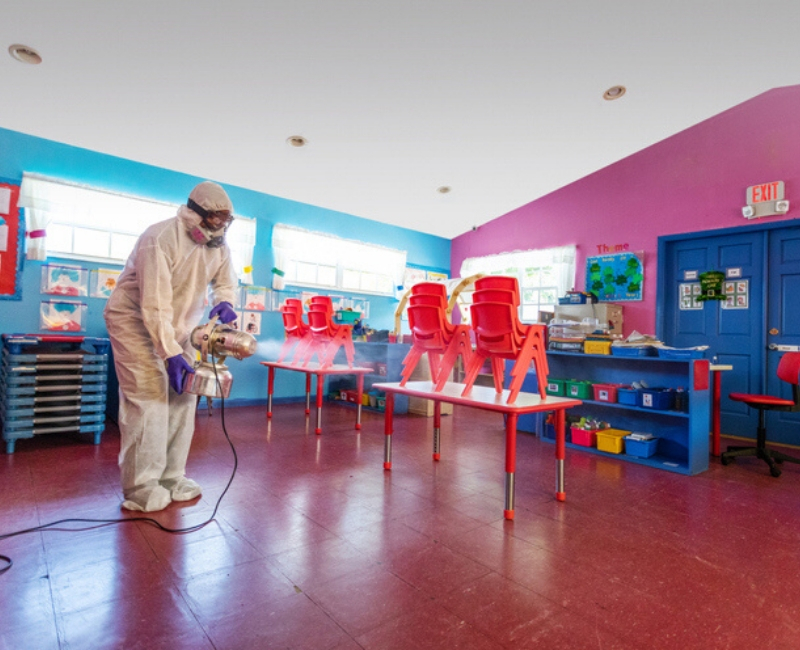
"I teach in a publicly funded school in Canada and the budget cuts in our province before Covid meant the desks in my classroom were cleaned ONCE A WEEK. There are only two people to clean the whole building and NO additional funding is given to school boards to hire additional cleaning staff. Guess what, cleaning will be just another part of my teaching job," another teacher shared.
"When people complain that teachers get paid too much, they don't consider that in my school district there has been no raises in 7 years and during that time the teachers responsibilities have almost doubled as our average class sizes for grade 6 students are 29-33 and in high school 35-40. So let the teachers clean and try to provide good quality education for those kids while also enforcing hygiene and social distancing. I am not looking forward to September."
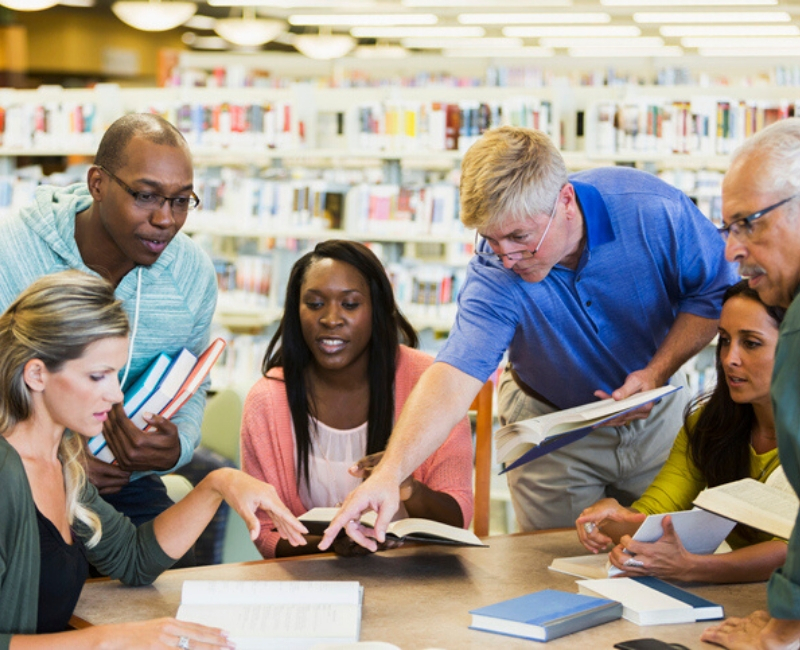
Teachers around the globe are grappling with the fact that some of their colleagues will get sick, and some will die.
“It’s absolutely true that students are not learning well in remote learning. But it’s even more completely true that if we start having classes in person, if one person has coronavirus, we’re going to spread it. My district has voted for a blended learning model that has half the kids in the building at a time, but our hallways and bathrooms aren’t big enough for true social distancing, and even if they were… even adults are not doing well with perfect mask compliance, and children are definitely not going to manage it,” a teacher shared.
“I’m just hoping that my district changes their mind as we get closer to the start date. If not, hope B is that when enough people get sick, they’ll have to close, and maybe I can avoid being in that first wave of illness if I’m extremely scrupulous in my own mask usage and hand-washing and also get lucky.
“This is absolutely unsafe. Teachers are going to be dying by mid-September. If one of them is me, my dying wish is this: if you hear anyone, in any place or context, refer to teachers as ‘heroes’ in association with COVID-19, I want you to BOOOOOO really loudly for a long time. Including at funerals. ESPECIALLY at funerals.”
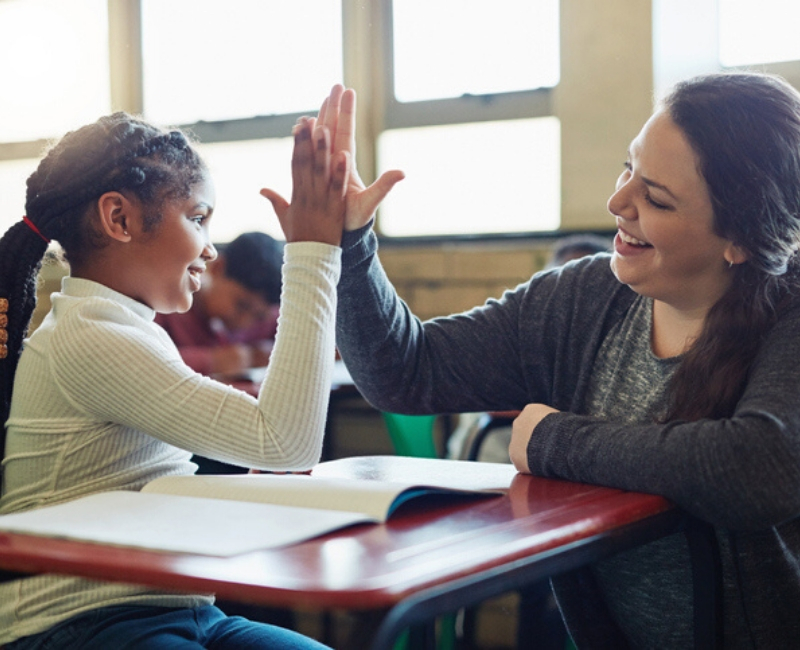
For many teachers, going back in person with so many regulations makes connecting with their students and making the school year special nearly impossible.
“The issue is that all these parents want us to go back to ‘normal’ school but fail to realize school will NOT be normal,” one teacher wrote.
“No good morning hugs and high fives. No fun projects with partners. No team-building activities like marshmallow tower or saving Fred. No independent centers with shared materials. No shared technology permitted. No library books. No playground equipment. No classroom helper jobs (paper passer, librarian, board-eraser, etc). No restorative circles with an actual talking piece. No special handshake to start class. No reading with a teddy bear or on a floor pillow. No switching seat privileges. No cafeteria antics. No visible smiling (masks). No teacher’s chair privileges. No kinder buddies (my class always helps in preK and kinder with a ton of stuff). No group counseling in the very small counselors office. The list goes on. My year can’t be done in person because what makes teaching in person so incredible, won’t be allowed or possible.”
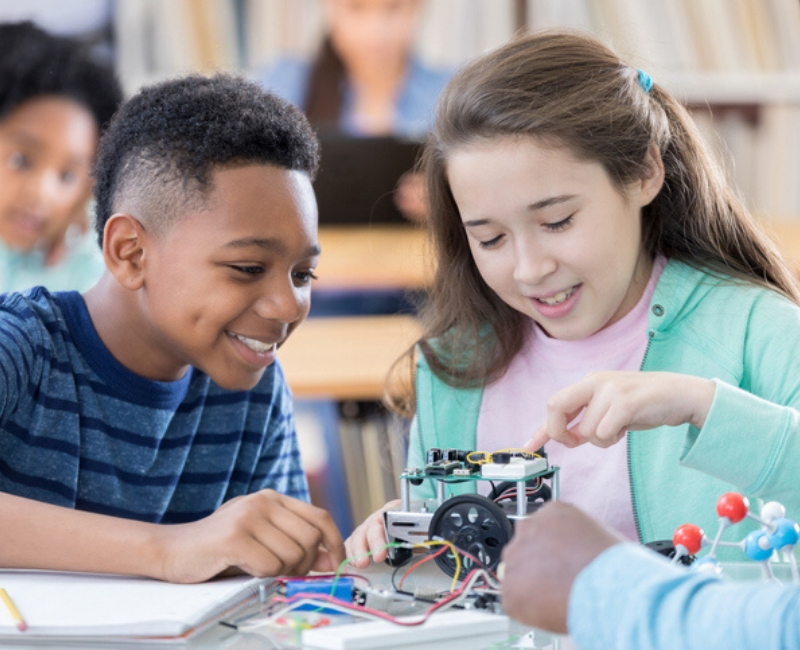
The grim options are leaving many teachers debating about walking away from a career they otherwise love.
"I (along with a coteacher) teach 6th, 7th, and 8th grade technology and we have about 85 kids per class every 40 minutes. Not only is the room super full of boisterous middle schoolers who can be a challenge normally, we also share equipment (tablets, robotics pieces, etc.) between groups with no downtime in between for cleaning. We see all 1000 kids in the building over the course of two days," a teacher said.
“I feel like I’m walking into an environment that is perfectly suited for COVID, along with added stress of having to create additional lessons for the students that opted to stay home for virtual school (our district is letting kids choose – virtual or in person, no hybrid or alternating schedules). No sub is going to want to come in, and if me or my coteacher need to stay home the added stress of trying to manage and teach a room so large is really challenging with just one of us.
“I’m debating quitting but am not convinced my side gig (doing 3D architectural renders for home builders) is something I could expand to be a full time thing. Plus i would feel bad leaving my coteacher with so much burden with only a few weeks left until we are back.”

